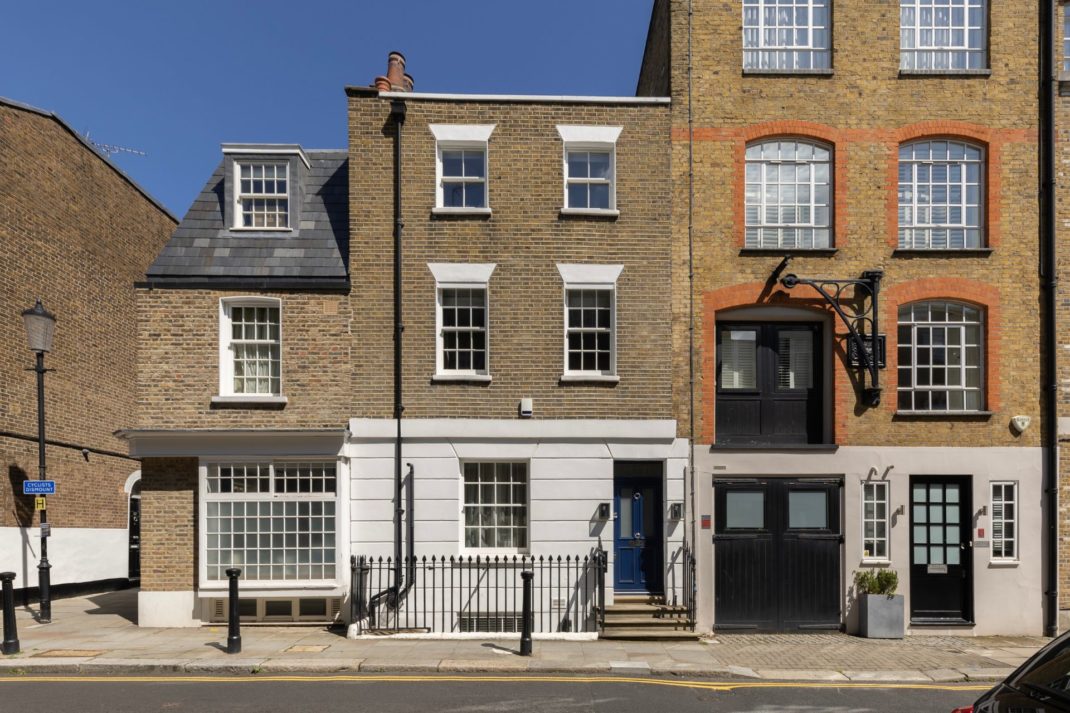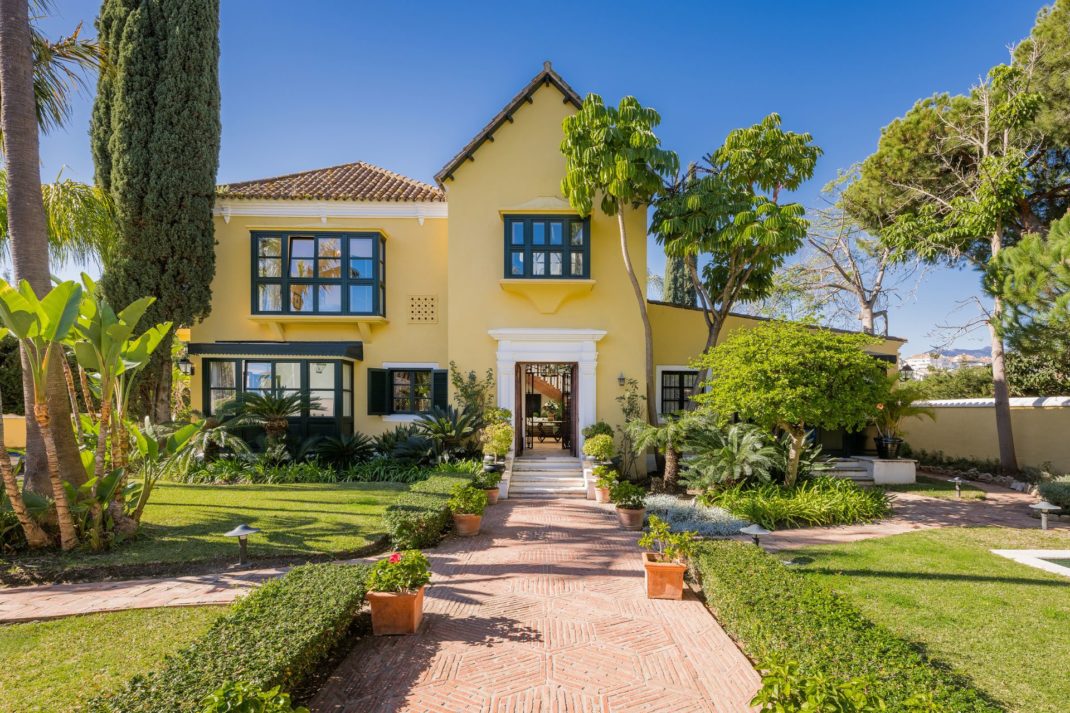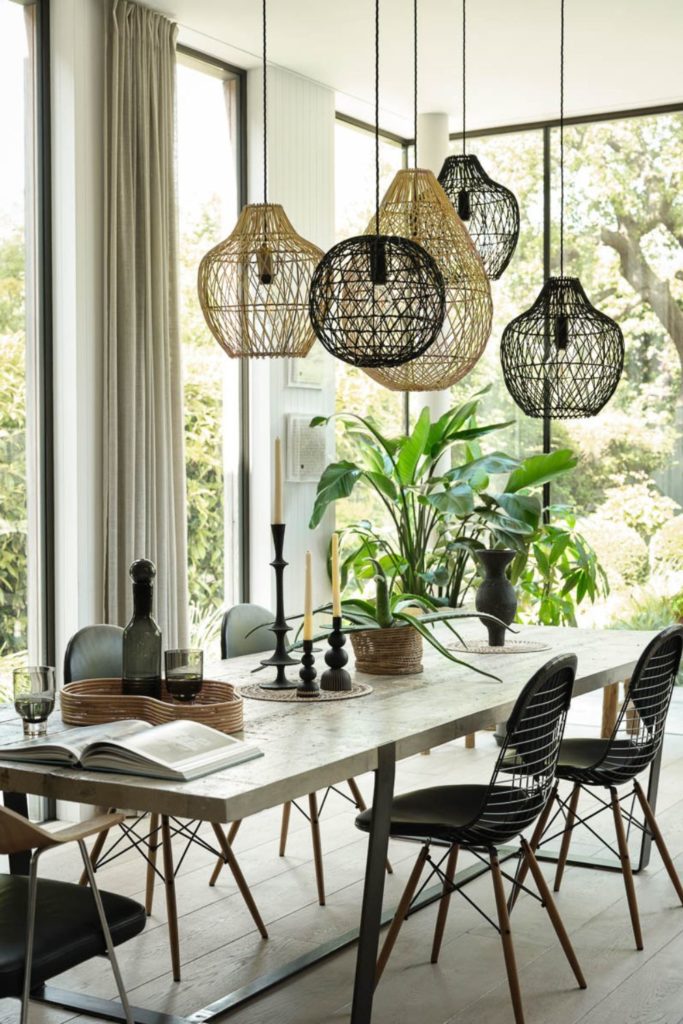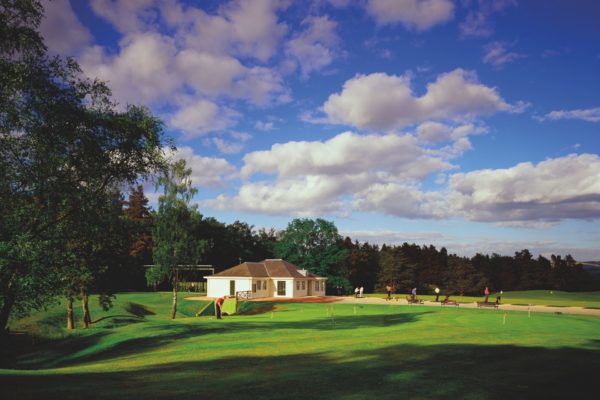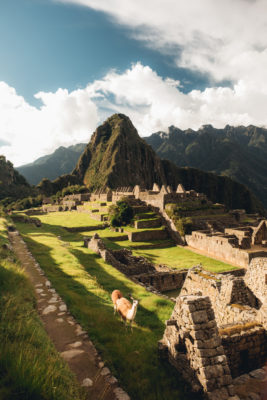Are These Greek Villas The Key To Future-Proof Property Design?
By
2 months ago
In the face of a changing climate, architects are returning to ancient designs
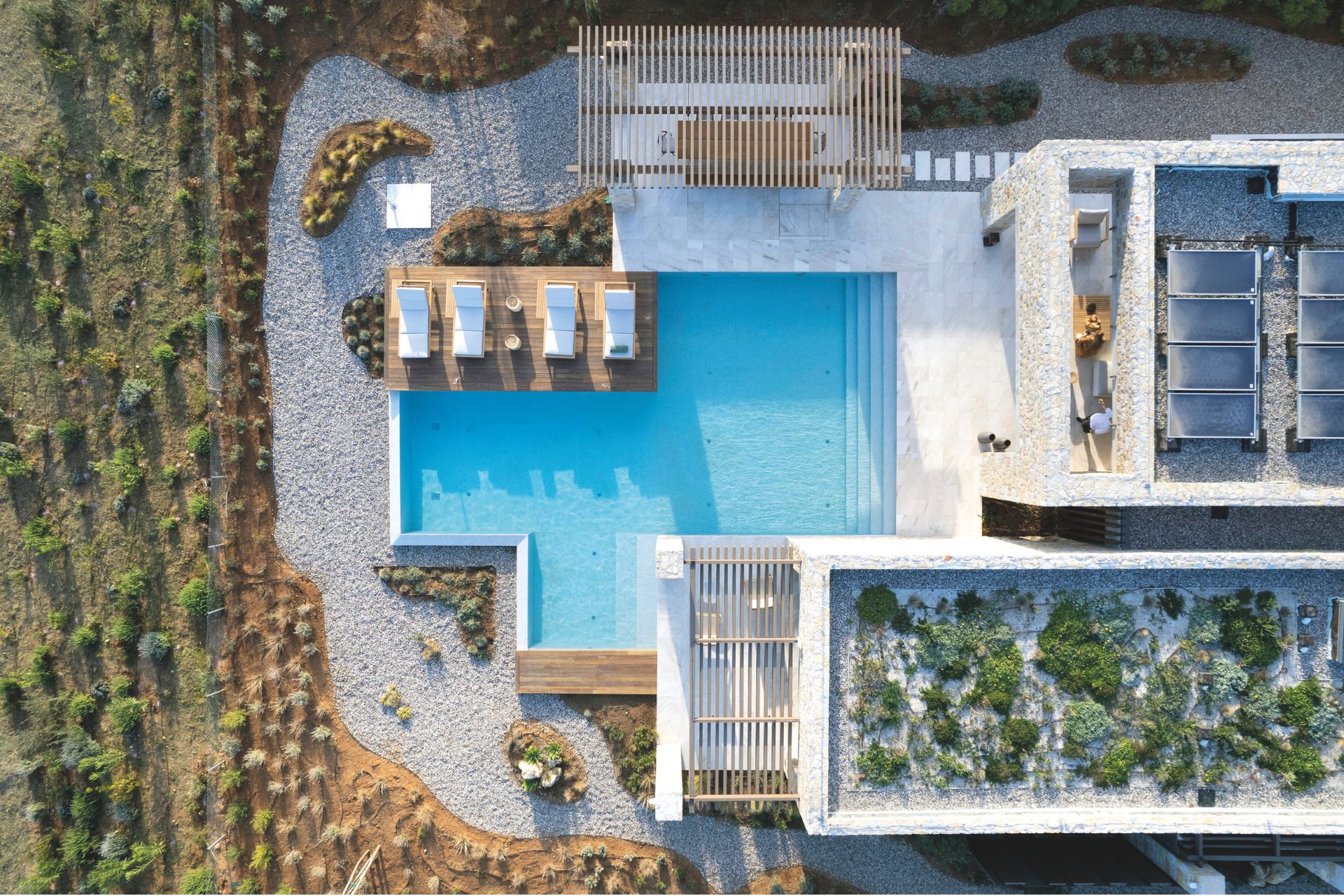
Bioclimatic homes are the buzzword in countries that swelter in summer, says Anna Tyzack, who takes a look at Greece’s innovative new future-proof villas.
What Are Bioclimatic Homes?
With their stone walls and green roofs, it’s easy to miss the homes at Costa Navarino, a new holiday and residential destination in Messinia in the rocky olive groves on Greece’s Peloponnese. Each villa is simply yet elegantly designed using local materials and has been strategically positioned on the hillside to offer a cool, cave-like sanctuary out of the hot sun.
Houses in the Mediterranean were built like this centuries ago, with a central atrium akin to those found in Roman villas, allowing the heat to escape and shallow pebble ponds to reflect it away from the exterior wall. Now, as temperatures soar due to climate change, architects in Greece are returning to ancient vernacular design in juxtaposition with modern glass innovations.
‘Bioclimatic’, the name for design that works with rather than against the local climate, is a buzzword in Greece as well as Spain, Portugal
and the Middle East. At Costa Navarino, the local stone provides a thermally resistant ‘envelope’ around the houses, while stone floors stay cool to the touch even in a heatwave. The dense vegetation surrounding the properties adds shade and privacy, as do beamed canopies and Japanese-style screens.
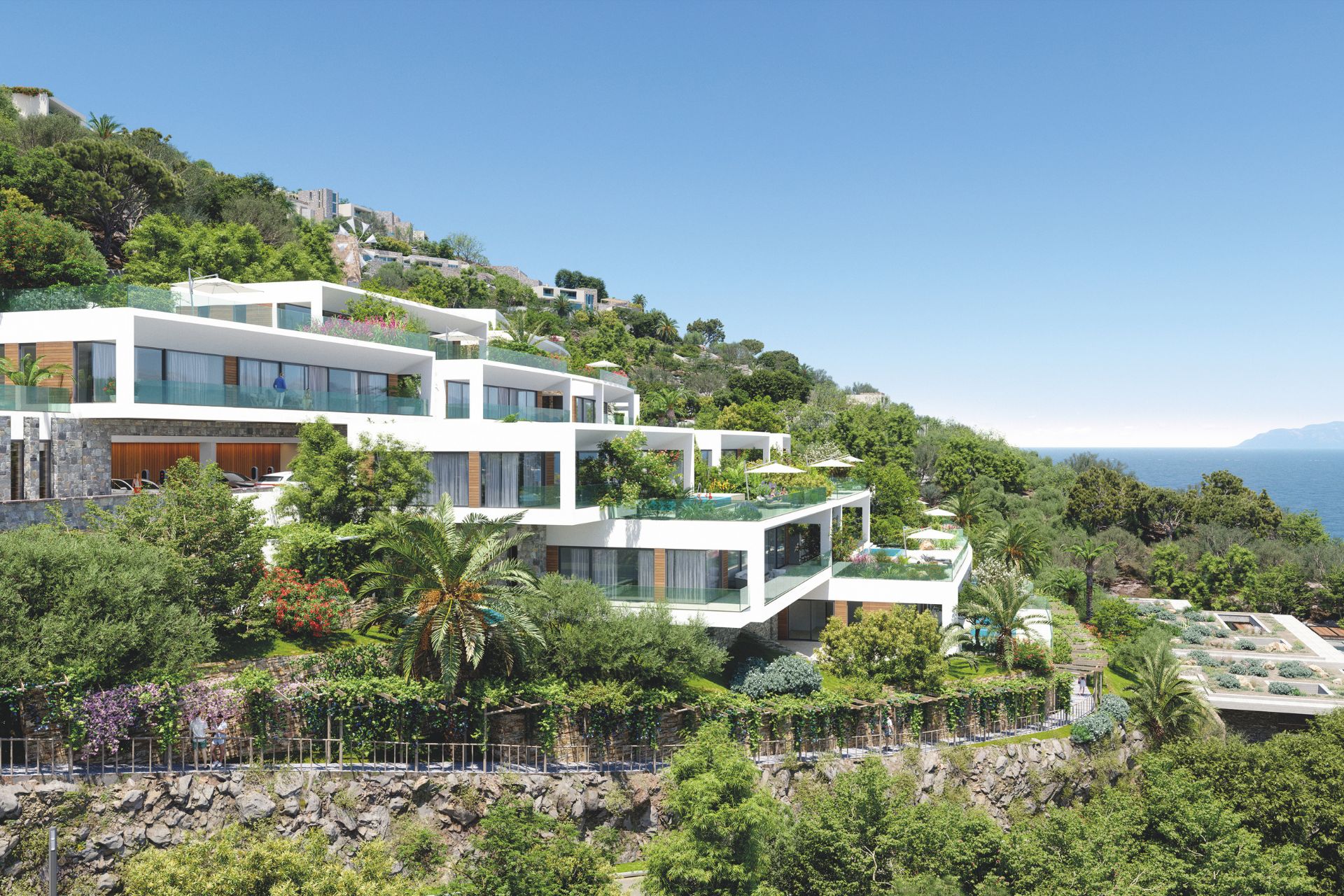
Elounda Hills
In Crete, the homes at Elounda Hills, a sustainable 138-acre residential community near Agios Nikolaos on the north-east coast, are also designed to be bioclimatic with a commitment to local materials. Their lusciously planted green roofs follow the contours of the hillside and overhang the exteriors of the properties, shading the windows and outdoor seating areas. The development uses geothermal energy, removing the need for unsightly and polluting air-conditioning units, and is landscaped using native plants including sea daffodils, Greek cyclamen and Cretan rock rose. ‘The planting strategy will take into account the intense heat of the summer months to create large, shaded areas and natural air conditioning for residents and guests,’ says Ricardo Severini of developer Mirum Group. ‘Elounda Hills will be
a truly regenerative resort.’
In more urban areas, too, architects are combining traditional and modern regenerative principles; at The Ellinikon development on the Athenian Riviera, Europe’s largest regeneration project, the Marina Residences and 50-storey Riviera Tower, which will be Greece’s tallest building on completion in 2026, are built using local white stone enveloping lush indigenous vegetation.
‘By integrating advanced climate modelling and sustainable building practices, residents can enjoy modern, comfortable living spaces that are both cost-effective and prepared for future environmental challenges,’ says Juliet Goldin, head of Rhodium’s consultancy practice, which has helped future-proof the development.
It’s not enough simply to future-proof residences, though. In these new Mediterranean destinations, every aspect of the build incorporates bioclimatic principles. At Costa Navarino, which spans more than 1,000 hectares in four areas on the western Peloponnese, 90 percent of the total land area is dedicated to indigenous and planted greenery; there are more than 22,000 square metres of green roofs along with four golf courses planted with grass that requires 30 percent less water than average varieties. Buyers can opt to grow their own for sustainable vegetable gardens and use electric resort buggies.
The estate’s four luxury hotels, including the recently launched amphitheatrical Mandarin Oriental, are built to biophilic and bioclimatic principles, as are the tennis centre, padel courts and extensive kids’ club.
While second-home prices have been static across the Med over the past two summers, prices at Costa Navarino are rising; a property bought for €1.2m in 2020 recently sold for €1.9m. Meanwhile more than 16 percent of residences have sold to buyers from Britain, Scandinavia and the US, including 80 percent of the eco beach houses at Sea Dunes, which have garden gates leading directly on to the sand. Buyers, according to Lefteris Tassoulas of TEMES, developers of Costa Navarino, feel more confident investing in a development that embraces local heritage, and respects nature and the surrounding community.
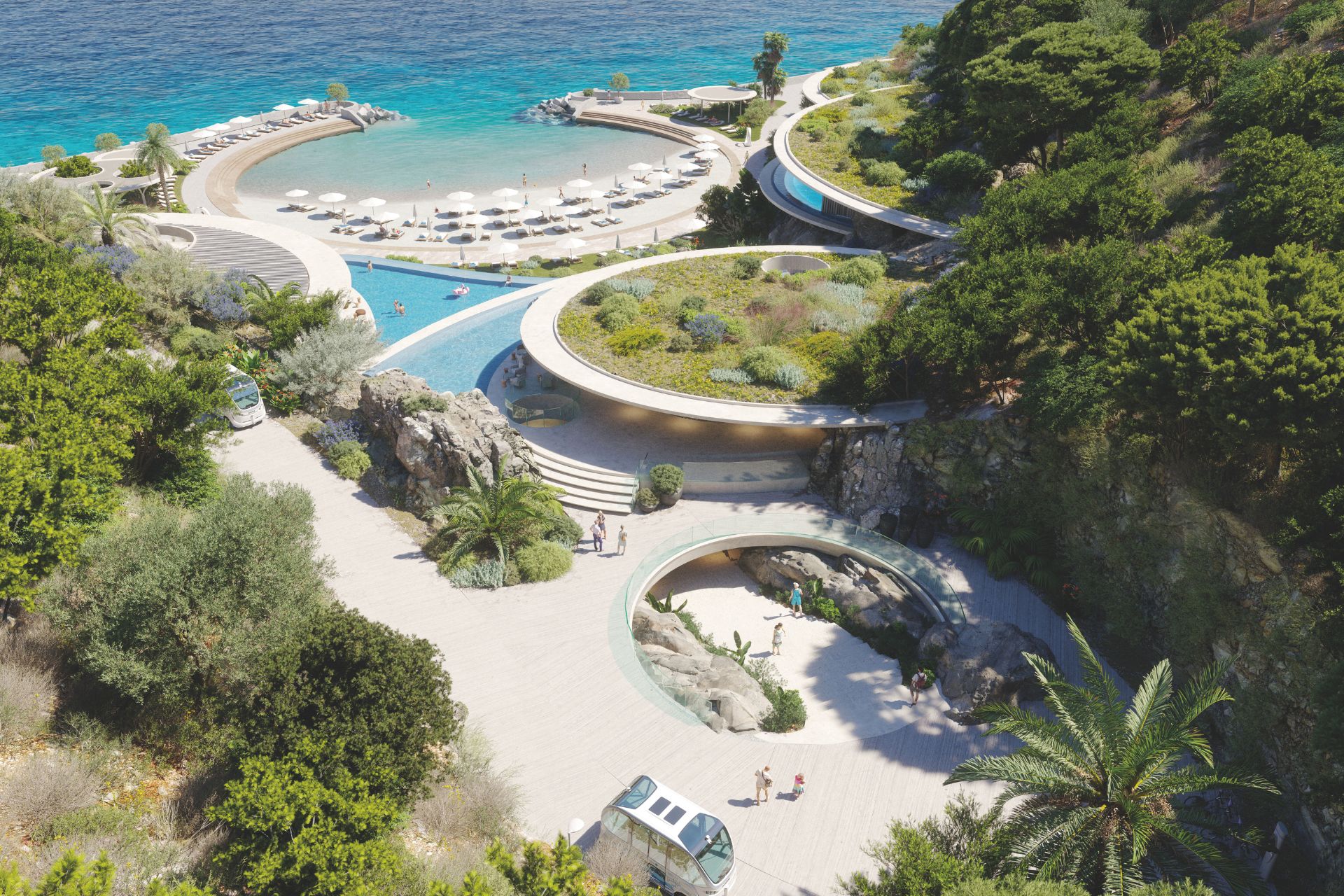
Elounda Hills
Not only have thousands of olive trees been replanted at Costa Navarino but there is a steady increase in nests of loggerhead sea turtles. With their nesting sites cordoned off on the beach, research into nesting data by Archelon, The Sea Turtle Protection Society of Greece, has shown the development has had no impact on their nesting habits. ‘Around Messinia and Costa Navarino there are seven Natura 2000 [a network of conservation areas in the EU] sites and various protected rare species,’ Tassoulas says. ‘This is among the most untouched yet easily accessible places in Europe.’ The Navarino Environmental Observatory (founded by TEMES with Stockholm University and the Academy of Athens) is researching the impact of climate change on the eastern Mediterranean region, and with local non-governmental organisations is monitoring and protecting Gialova lagoon, a Natura 2000 wetland with 271 bird species.
Developments will always have a carbon footprint. One could argue it is better not to build new, as the embodied carbon dioxide overwhelms the environmental benefits. In Greece, though, which has lagged behind other parts of the Med in development, there are social factors to consider; destinations such as Costa Navarino and The Ellinikon inject much needed capital into the local economy. Before Captain Constantakopoulos bought multiple parcels of land to create Costa Navarino, the area had only a few scarcely cultivated potato fields and villages; now up to 2,500 people are employed in the resort and 4,000 further jobs have opened up across the region. Severini hopes Elounda Hills will help extend Crete’s traditional tourist season, spurring further development. ‘It’s set a new bar for sustainable infrastructure improvements and business expansion on the island,’ he says.
As the Mediterranean becomes hotter, future-proofed design and a community centric approach to building is the key to any new residential destination, according to Goldin. ‘The best modern buildings have minimal energy usage and a harmonious interaction with the surrounding eco-system,’ she says. ‘They’re redefining luxury residential design as we know it.’

